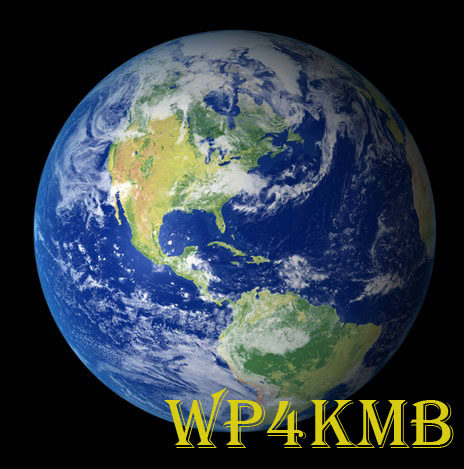Book Now for AMSAT-UK Colloquium and Gala Dinner 2025
Book Now for AMSAT-UK Colloquium and Gala Dinner 2025
 Did you know AMSAT-UK turns 50 in 2025!
Did you know AMSAT-UK turns 50 in 2025!
The annual AMSAT-UK colloquium is fast approaching. Once again, it is being held at The Kent’s Hill Conference Centre in Milton Keynes alongside the RSGB Convention on Saturday 11th and Sunday 12th October 2025.
If you would like to attend the event, we have arranged a special discounted rate for overnight accommodation at the Delta by Marriott hotel which is 5 minutes drive from the conference centre. Cost is £89 for bed and breakfast for single occupancy or £99 for double occupancy.
Booking at this rate can be carried out at https://www.marriott.com/event-reservations/reservation-link.mi?id=1752854002411&key=GRP&app=resvlink
This price is a limited time offer, after which rates will return to their standard level.
On the evening of Saturday 11th October, AMSAT-UK are holding a Gala Dinner at the hotel. This is a 3 course meal + tea / coffee which is £39.00 per person.
Full details, including menu choices, are available at the AMSAT-UK shop at https://shop.amsat-uk.org/product/amsat-uk-gala-dinner-2025
There are a limited number of available places remaining for the Gala dinner and registration for it closes on Wednesday 24th September at 1800 UTC so be sure to book your place to avoid disappointment.
Please note that you will be required to book a weekend ticket from the RSGB for attendance. Please see the RSGB booking website at https://www.tickettailor.com/events/radiosocietyofgreatbritain/1735267
Powered by WPeMatico
Editor
AMSAT-UK






